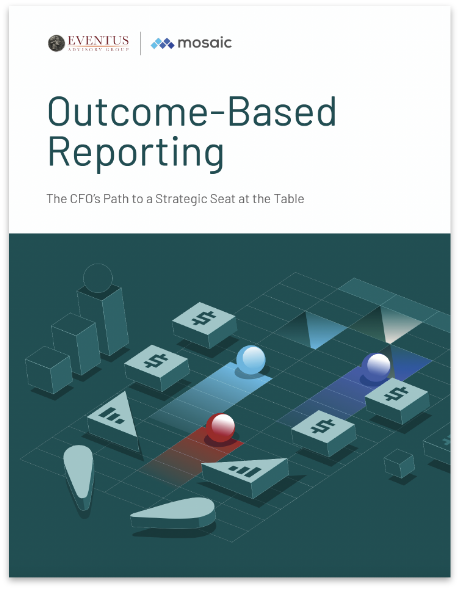Debt has several potential costs, some more obvious than others. The list below is not exhaustive, but it is designed to serve as a primer of what to be aware of.
1. Interest: This is on the surface easy to calculate. It is the rate you pay on the debt you borrowed.
2. Fees: These can be everywhere, from an upfront due diligence fee to annual maintenance fees, to prepayment fees if you pay off the debt early.
3. Warrants: Sometimes a lender may ask for warrants (think options), which can convert to your equity — which can make the overall cost of the debt you raise much higher than you originally expected.
4. Use Restrictions: Sometimes the debt can only be used for a specific spend (e.g., you are not allowed to repay investors with the debt).
5. Operational Changes: Some debt providers (mainly commercial banks) may require you to have your banking and credit card relationships through them.
6. Availability: Sometimes the debt you borrowed isn’t available to you until you reach certain milestones.
7. Implied Interest: This is a bit more complicated, but think about it this way, if I loan you $2 million of debt, but always require you to have a cash balance of $500,000, you only have a functional availability of $1.5 million of debt. If you are paying 10% on that $2 million ($200,000), your implied interest rate (simple math) is 13.3% since you are paying $200,000 for effectively $1.5 million of debt.




